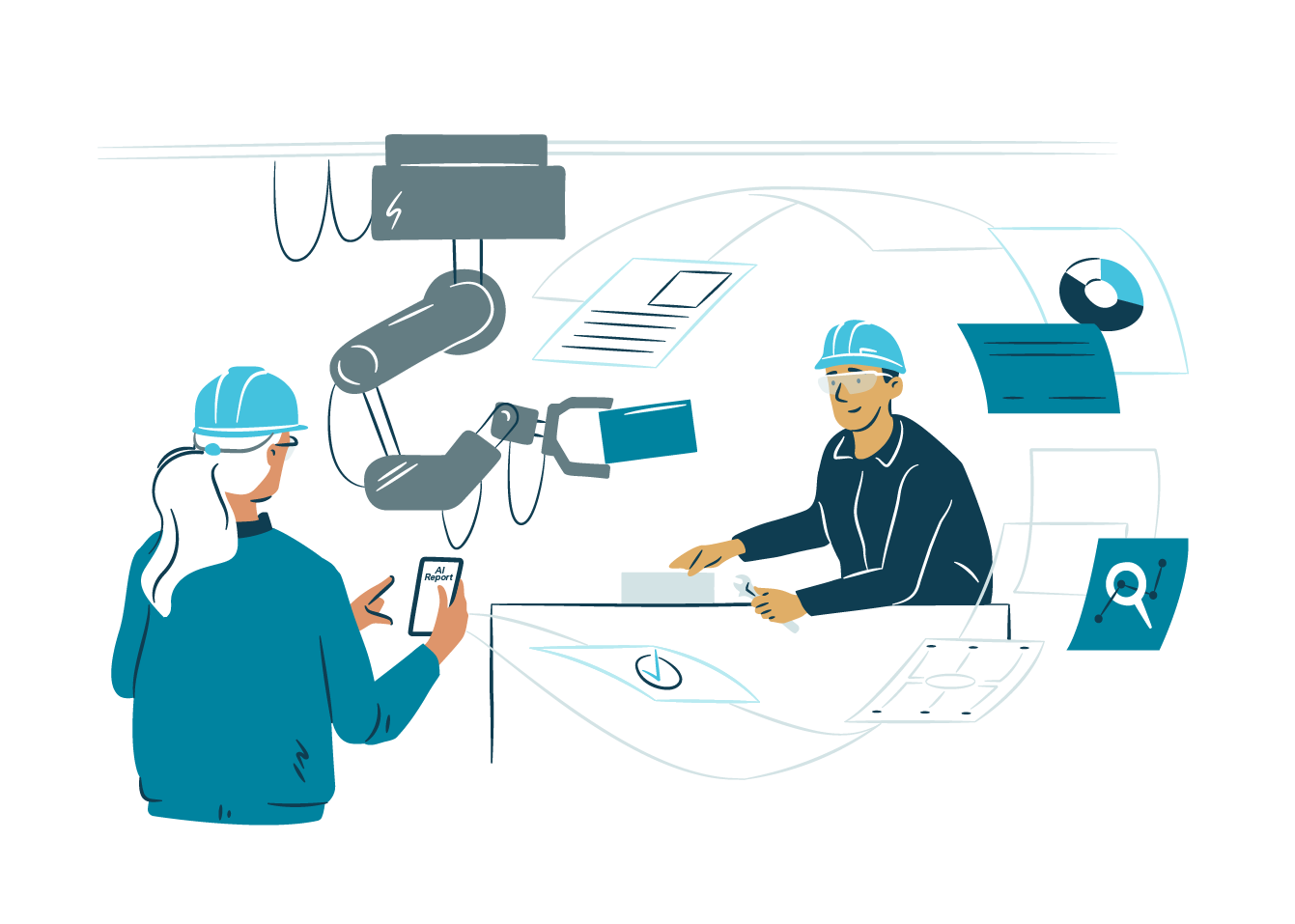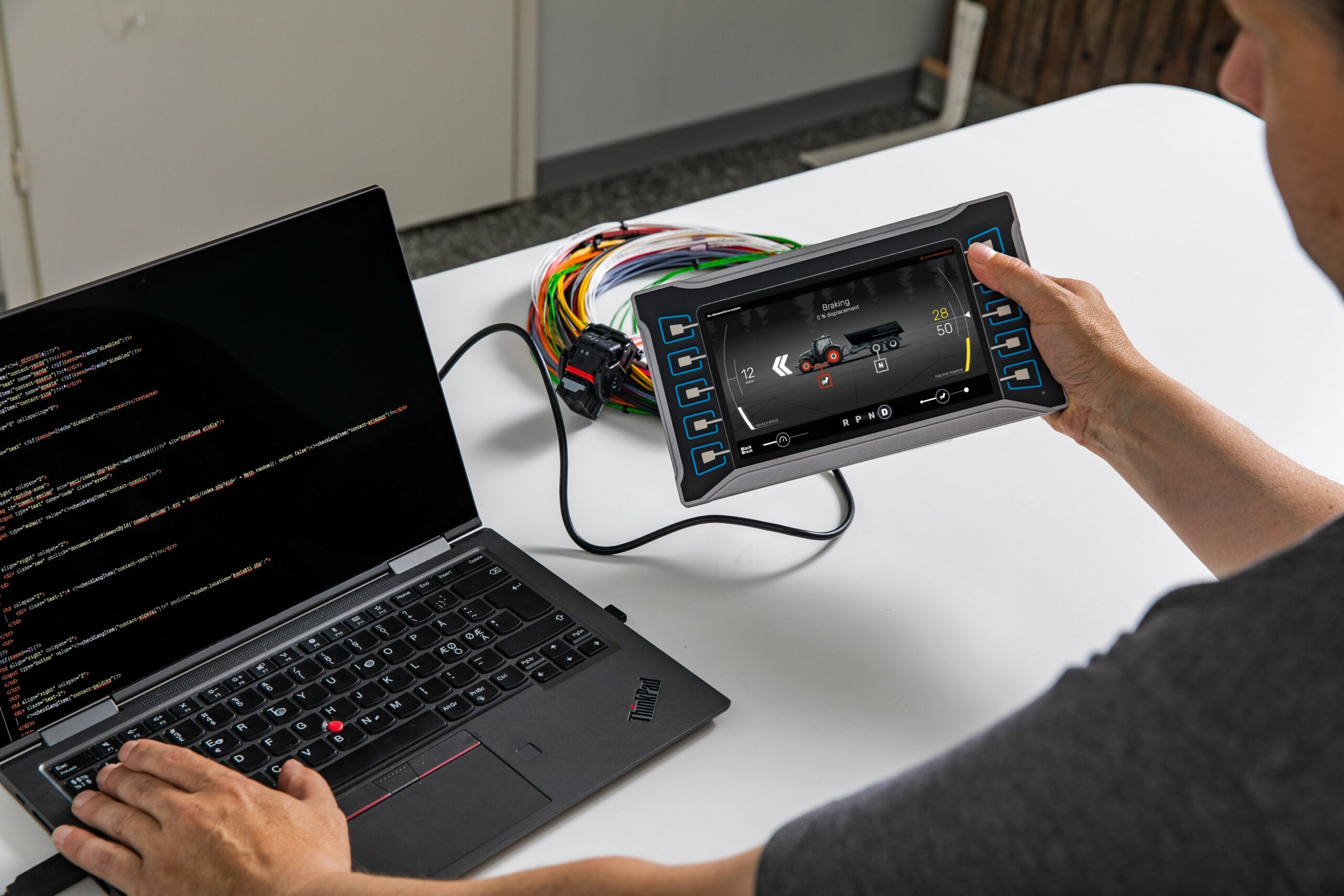Today, life events such as starting a family, starting a career, or retiring are increasingly intertwined with digital services. This development brings numerous opportunities and relief to everyday life but, at the same time, exposes us to cyber threats. How can security of services based on life events be ensured?
Digitalisation and automation of services add new technical interfaces between the customer and the service provider, which can be a route to unwanted cyber influence. In the past, the customer could submit a paper form to the official, directly to the person handling the matter. Nowadays, the same administrative issue is dealt with in a web browser or a mobile application from start to finish.
Life event based services are mass services, and controlling the customers who use them is a challenge from a security perspective. Life event based services are connected over the internet and often with customers’ personal smart devices or home computers. The level of security of devices under the customers’ control can vary significantly compared to, for example, devices under centralised workplace management.
Life event based services always contain confidential data, personal information, and the customer’s digital identity. Misusing this information almost without exception causes significant damage to the individual and the organisation providing the service. When developing a digital service, it is crucial to understand the operating environment and the cyber threats potentially directed at it and its users. Understanding the threats already at the planning stage helps define the right level of cyber resilience for the service, which is always laborious and expensive to build afterwards.
Cyber security is accident insurance for your company
Are you aware of the cyber risks and threats your organisation is facing? How well do your digital services and products adhere to security requirements?
Threat modelling as part of the development of digital services
Threat modelling is a powerful practical tool for collecting potential threats, and there are standardised and proven threat models to implement it, such as STRIDE. The five security threat models of STRIDE help organizations and developers identify potential security issues in software.
Spoofing (S): An attacker attempts to impersonate another person or system.
Tampering (T): An attacker may attempt to modify or damage data in the system.
Repudiation (R): The user or system claims they didn’t do a particular action.
Information Disclosure (I): Privacy breach or data leak – Sensitive information may be unauthorisedly disclosed or stolen
Denial of Service (D): An attacker attempts to block the system’s operation or restrict the authorised users’ access to it.
The STRIDE model provides developers and security experts a framework to assess software vulnerabilities and design adequate protections against threats. The model is often used with other security analysis methods at different stages of the software development lifecycle.
Having a child, getting married, or the death of a loved one are significant life changes that can disrupt one’s emotional balance. While adapting to the new situation, practical matters need to be taken care of with various authorities and service providers.
When a person is in this vulnerable state, cybersecurity and careful behaviour are likely not at the top of their mind. Unfortunately, evil-meaning attackers can easily exploit this lack of attention.
Furthermore, social manipulation highlighted in ENISA’s Threat Landscape report is a significant threat, especially in digital life event based services, and efforts should be made to minimise it. The solution does not solely lie in creating more control structures, as additional controls typically result in poor solutions from a user experience standpoint. Therefore, service design should be done collaboratively with security planning and development to address this issue.
Blackmail programs are a profitable criminal activity today, and artificial intelligence has become a tool for criminals to identify potential targets. Life-event-based services contain data of interest to criminals, which can be misused in various ways. A lost digital identity or personally stored information in a service provide easy tools for extortion. Data can also be traded in other ways for financial gain. ENISA’s report identifies four types of actors causing cyber threats: 1) state actors, 2) cyber criminals, 3) freelance hackers, and 4) hacktivists. The nature of a digital service can influence which type of actors the service attracts explicitly, for example, due to its data. Threat modelling should also assess the types of threats different actor groups may typically pose to the service.
Building cyber resilience into a service is an investment, but above all, an ethical act that pays for itself in user security, service continuity and the organisation’s reputation.



